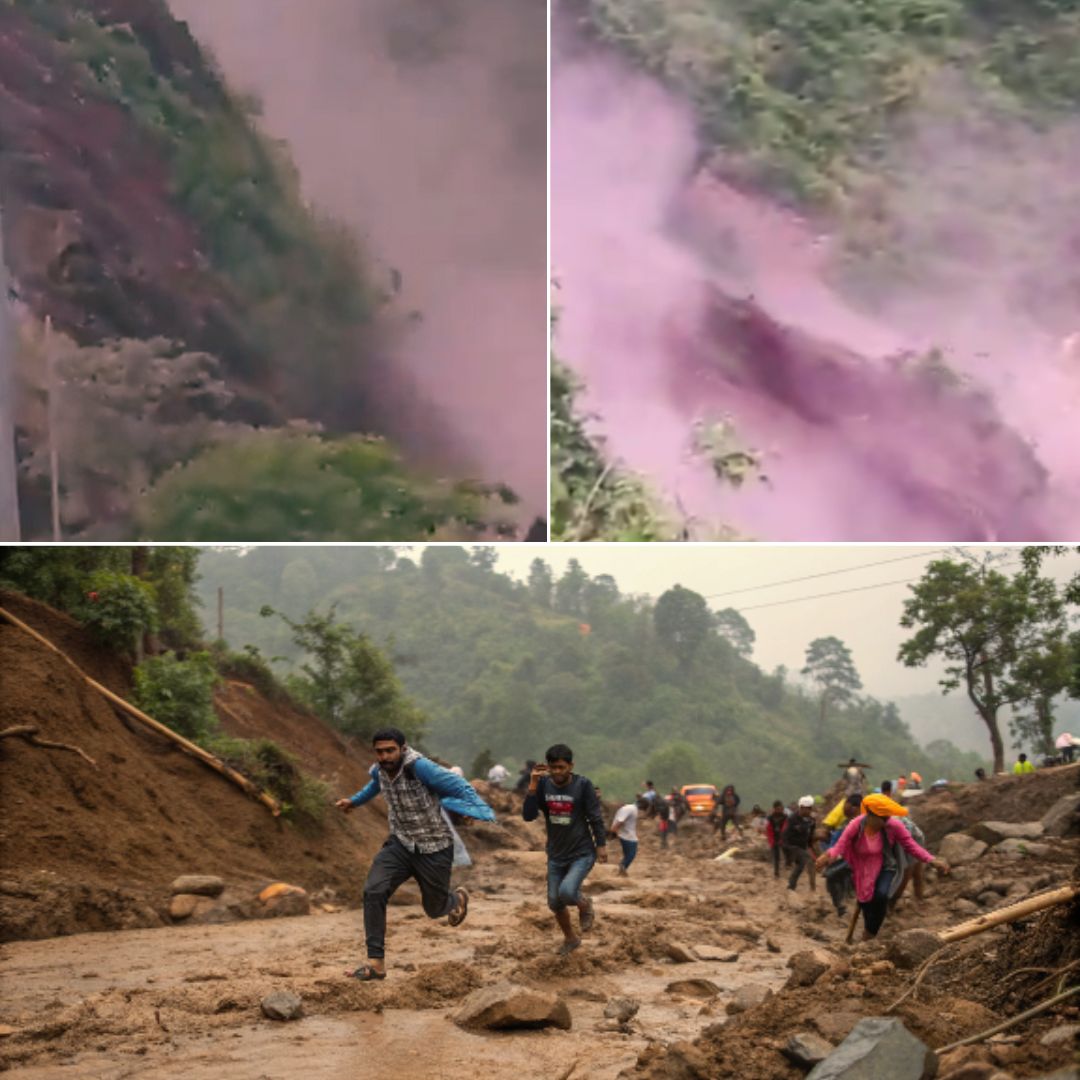A major landslide occurred on August 9, 2025, on the Javadi bypass section of the Kedarnath Yatra route in Rudraprayag district, triggered by continuous heavy monsoon rains. The mountain collapsed onto the road, causing debris to block the path and forcing evacuees to flee to safety. Thankfully, no injuries were reported.
The route remains closed as clearance and rescue operations continue, with authorities monitoring conditions closely. This incident follows recent landslides in the region that resulted in the suspension of the Kedarnath pilgrimage and the rescue of multiple stranded pilgrims, highlighting the persistent risks pilgrims face this season.
Urgent Safety Measures Following the Landslide
On the evening of August 9, a massive landslide struck the Javadi bypass on the Kedarnath Yatra route, a critical pathway for thousands of pilgrims journeying to the sacred shrine.
Heavy monsoon rainfall had saturated the terrain, weakening the mountainside until a section suddenly gave way, covering the road in debris and rocks. People nearby ran to safer ground as the mountain collapsed, escaping unharmed.
Local authorities, including the State Disaster Response Force (SDRF) and police, promptly cordoned off the affected area to prevent accidents. Rescue and clearance teams continue to work to remove debris and stabilize the road.
According to The Times of India, no casualties have been reported, and they are actively monitoring the site for further rockfalls and movement risks. Helicopter services have been temporarily adjusted, now operating mainly from Sonprayag, to assist travel and emergency evacuation when needed.
Context: Repeated Disruptions on a Fragile Route
The Kedarnath Yatra route has faced unprecedented challenges this monsoon season, with multiple significant landslides disrupting access. Recent sustained heavy rains in the Himalayas have triggered over 800 landslides across the Char Dham circuit, with Rudraprayag among the worst-hit areas. Earlier in the season, a major landslide between Sonprayag and Gaurikund blocked roads, requiring the evacuation of thousands of pilgrims.
The state and central governments have responded by allocating over Rs 357 crore towards landslide mitigation efforts along the NH-107 stretch that serves pilgrims traveling to Kedarnath. Infrastructure projects aim to strengthen the roadways and prevent future collapses.
Meanwhile, continuous weather monitoring by the India Meteorological Department alerts authorities and pilgrims alike to the risk of further natural disruptions.
These repeated incidents emphasize the difficult balance between maintaining access to sacred pilgrimage sites and grappling with the volatile Himalayan environment amid changing climatic patterns and increasing infrastructure pressure.
The Logical Indian’s Perspective
The continued landslide incidents along the Kedarnath Yatra route underscore the pressing need for a compassionate and science-driven approach to preserving both human life and the sanctity of these revered sites.
While pilgrimage is integral to the spiritual fabric of millions, the fragile Himalayan ecosystem demands that infrastructure development be sustainable and resilient.
The Logical Indian asserts that long-term disaster preparedness, intelligent land-use practices, and cooperation between governments, local communities, and pilgrim organizations are vital.
Protecting nature while ensuring the safety of devotees calls for well-planned mitigation measures including early warning systems and environmentally sensitive infrastructure.











